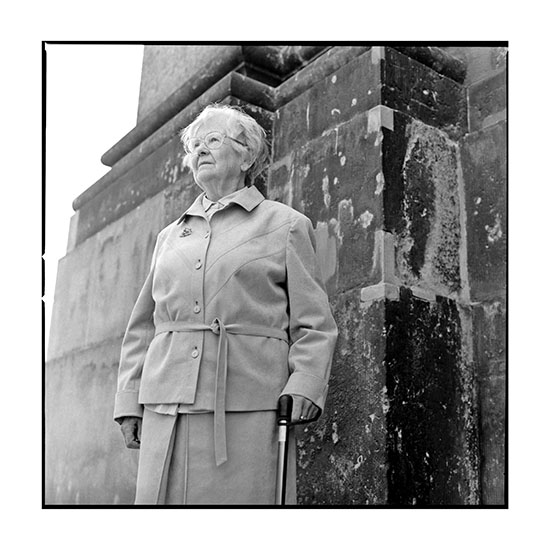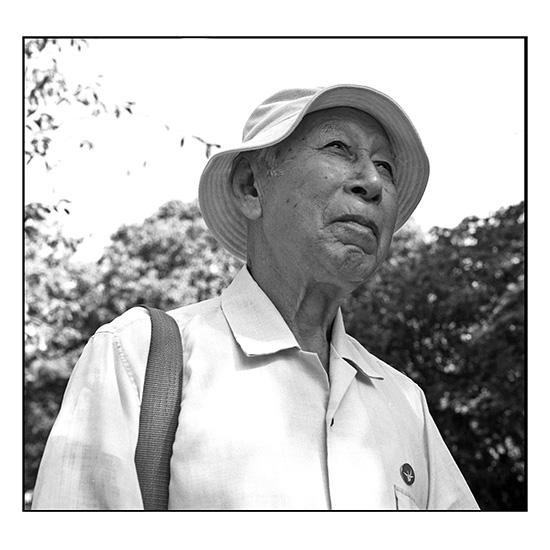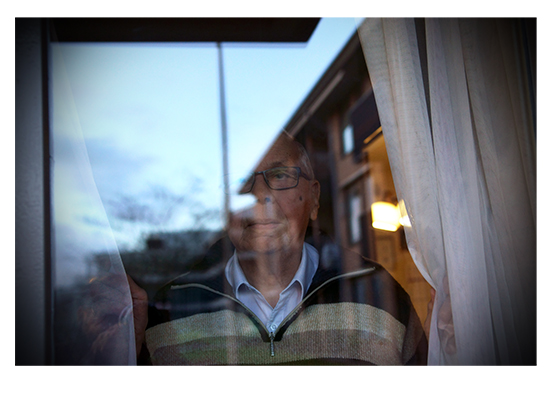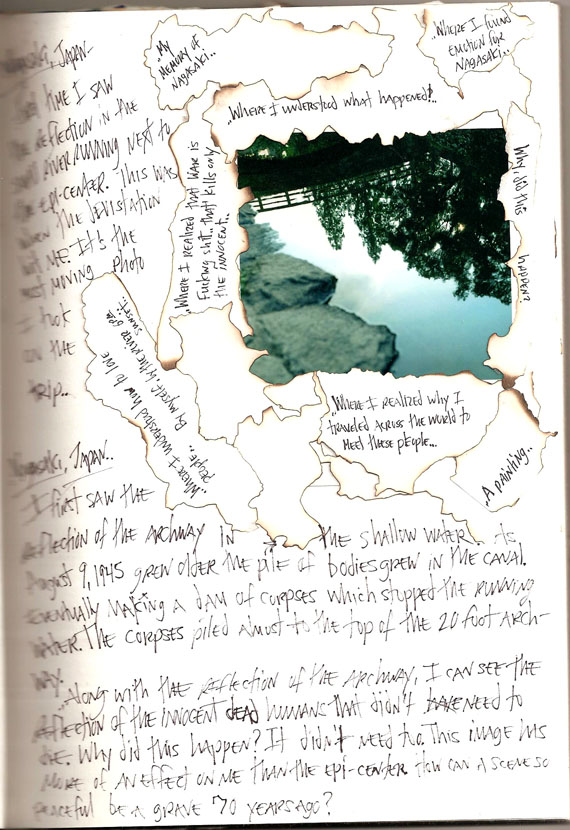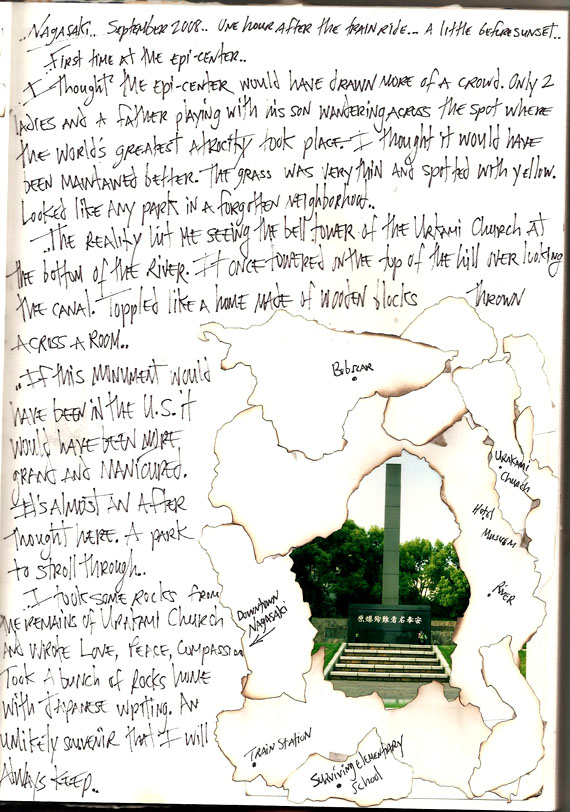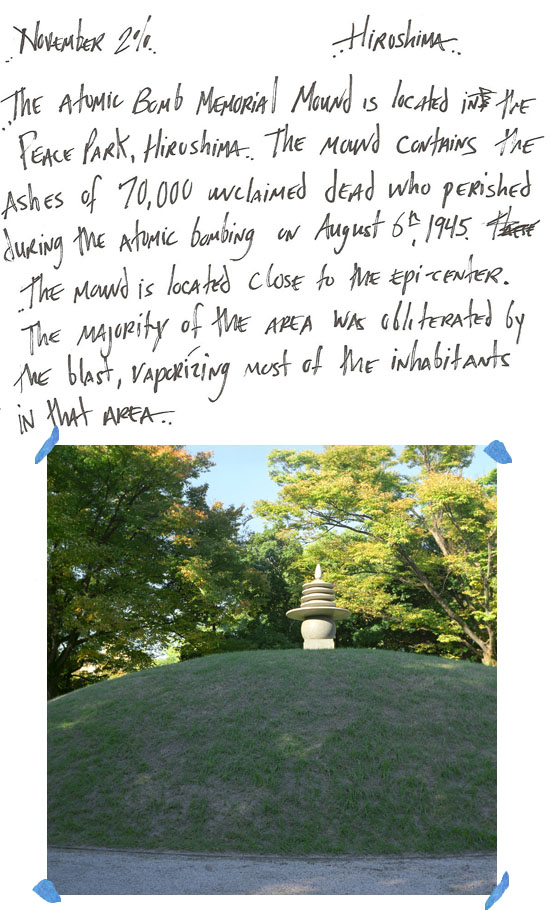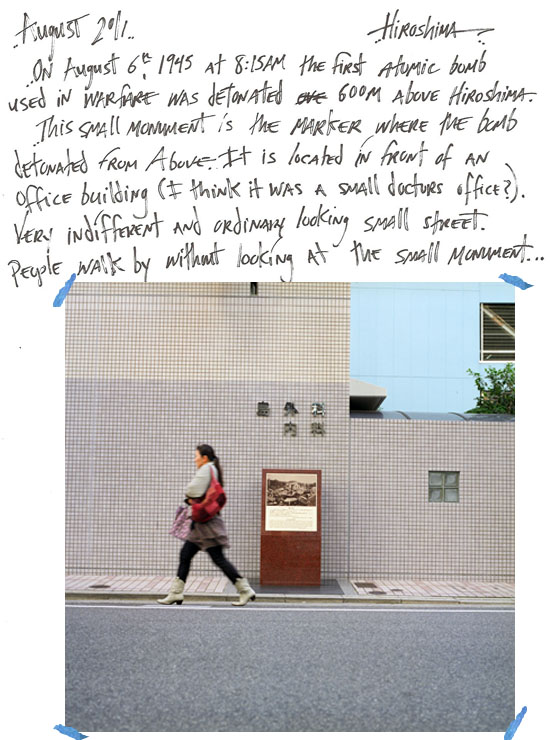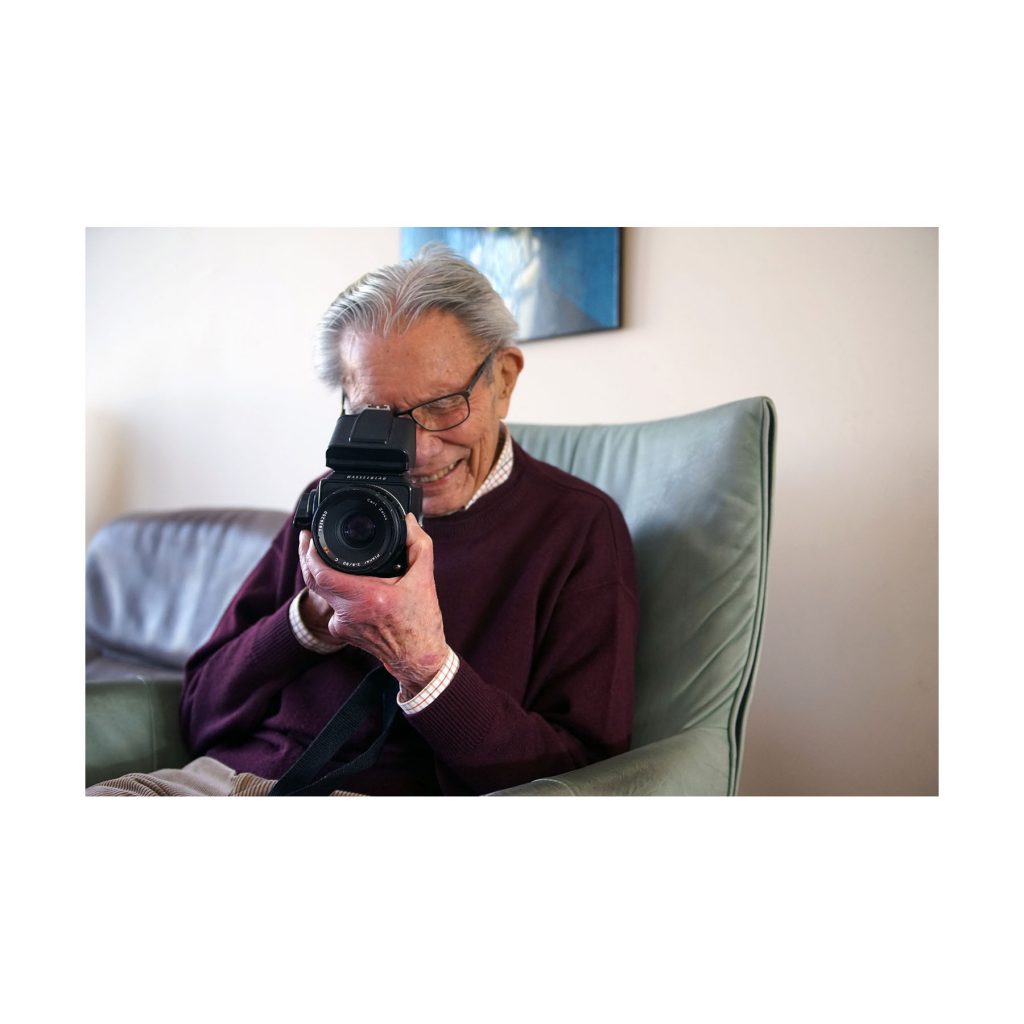“It was the most saddening experience of my life.”
-Lieselotte Jakob
On February 13th, 1945 the baroque city of Dresden, Germany was firebombed into cinder by the British Royal Air Force and the United States Army Air Force. The attack was divided into three bombing raids dropping over 4,500 tons of high explosives, including incendiary bombs, onto the city known as “Florence on the Elbe.”
Lieselotte Jakob, 24, and her family survived the bombardment by sheltering in their cellar. A bomb detonated directly in their street and the explosion ripped through the neighborhood. The cellar housing Lieselotte and her family was the only one to contain survivors.
After fleeing the cellar, the family headed towards the hospital in the direction of the Elbe River. They attempted to get into another shelter but no one would open their doors to allow them to get safety from the bombs and fire so they walked towards City Hall.
The family walked along the river and saw corpses leaning against walls. Their lungs had collapsed. They arrived at the hospital to find it full of chaos and disorder. Lieselotte suffered from smoke inhalation. She couldn’t speak for 4 weeks.
After the bombings she lived with her grandparents in Dresden. One of her relatives was a solider assigned to cremating bodies in the town square.
Soon afterwards, Lieselotte made her way towards her parent’s farm, situated to the east of Dresden. The journey was long and arduous, but the area was lost to the Red Army, forcing Lieselotte to turn back towards the city. They walked back to Dresden by following in the tracks of other fleeing refugees. Along the way they were twice shot at by planes.
This portrait is a part of my From Above project which featured portraits of atomic bomb and firebombing survivors from WWII. My limited edition book is available at https://www.photoeye.com/bookstore/citation.cfm…
A selection of From Above portraits, including portraits of firebombing survivors from Coventry and Rotterdam, will be exhibited in the Dresden Neustadt during May. Further information will be released closer to the opening.
